“It’s probably not worth the effort—but we’re doing it anyway.”
That sentence pretty much sums up our experience with the Unity Asset Store.
We’ve been selling a handful of assets there for a few years now. The original idea was simple: we were already developing these tools for our own projects, so why not sell them to others too?
But the Asset Store isn’t like other marketplaces. It follows its own rules—some of which make perfect sense, others… less so.
After several years (and quite a few lessons learned the hard way), here are our biggest takeaways. Hopefully they’ll help someone else before diving in headfirst.
1️⃣ Most customers are beginners
The majority of Unity Asset Store users are newcomers to game development.
Professional studios tend to build on their own codebases rather than rely on third-party tools. That means you should choose your product carefully and make sure it fits the store’s actual audience.
We learned this the hard way—our tools were designed for established studios, not beginners.
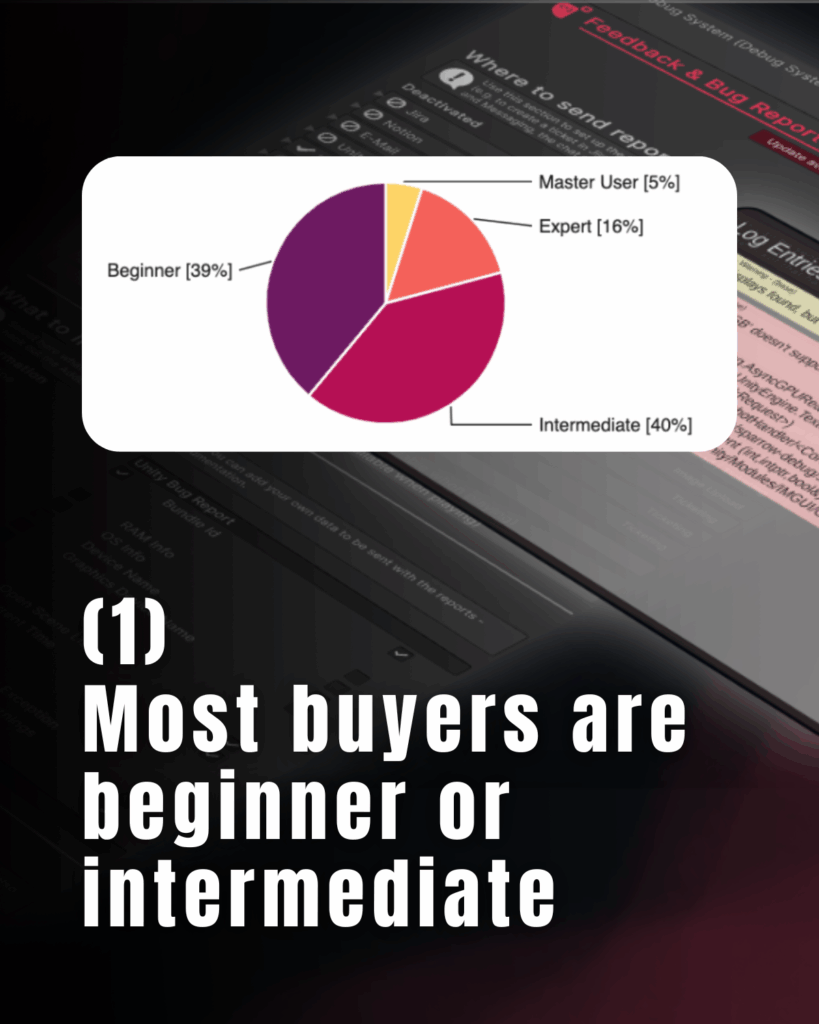
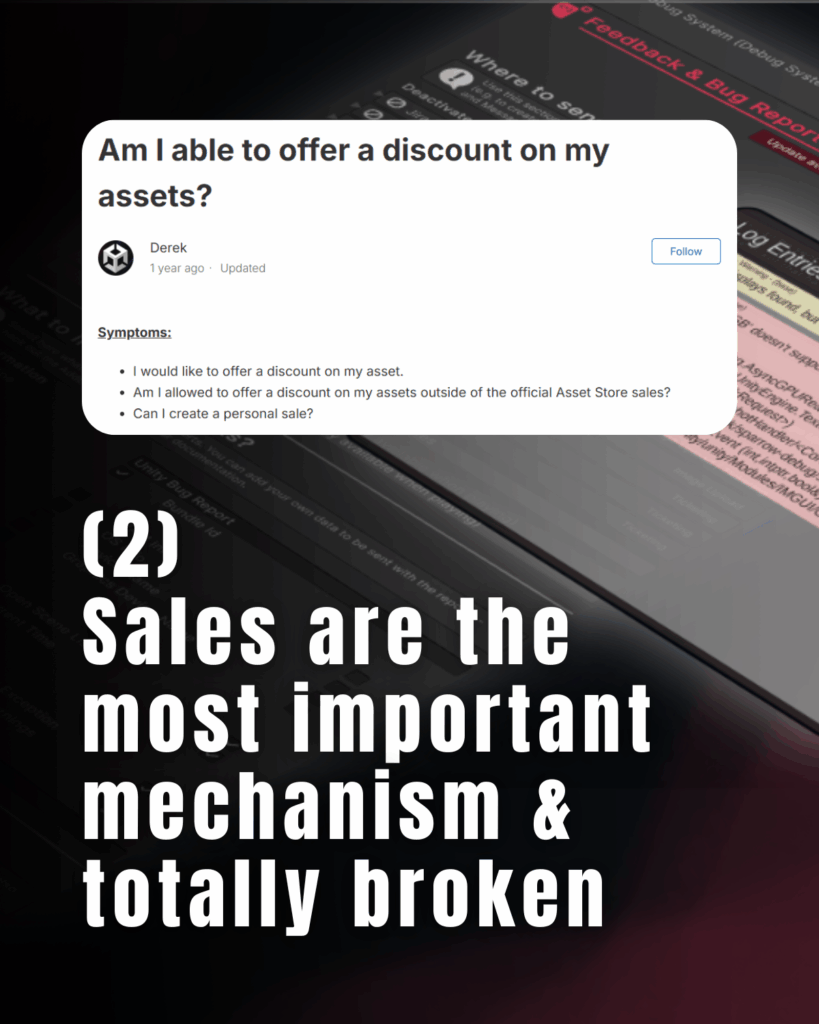
2️⃣ Sales drive everything (but the system is broken)
Sales are by far the most important mechanism for visibility and conversion. Unfortunately, Unity has trained its users over years of near-constant discounts to never buy anything at full price.
And here’s the kicker: you can’t just decide to run your own sale. You have to be invited by Unity. Despite having direct contact with Unity employees, we’ve never once been invited. 🤷♂️
3️⃣ Compatibility across versions is brutal
Users expect assets to work with every Unity version. In practice, that means testing each release in at least four different versions—and filling the code with countless version-specific fixes.
It’s a huge time sink. Some updates can eat up entire days just to keep everything running smoothly.
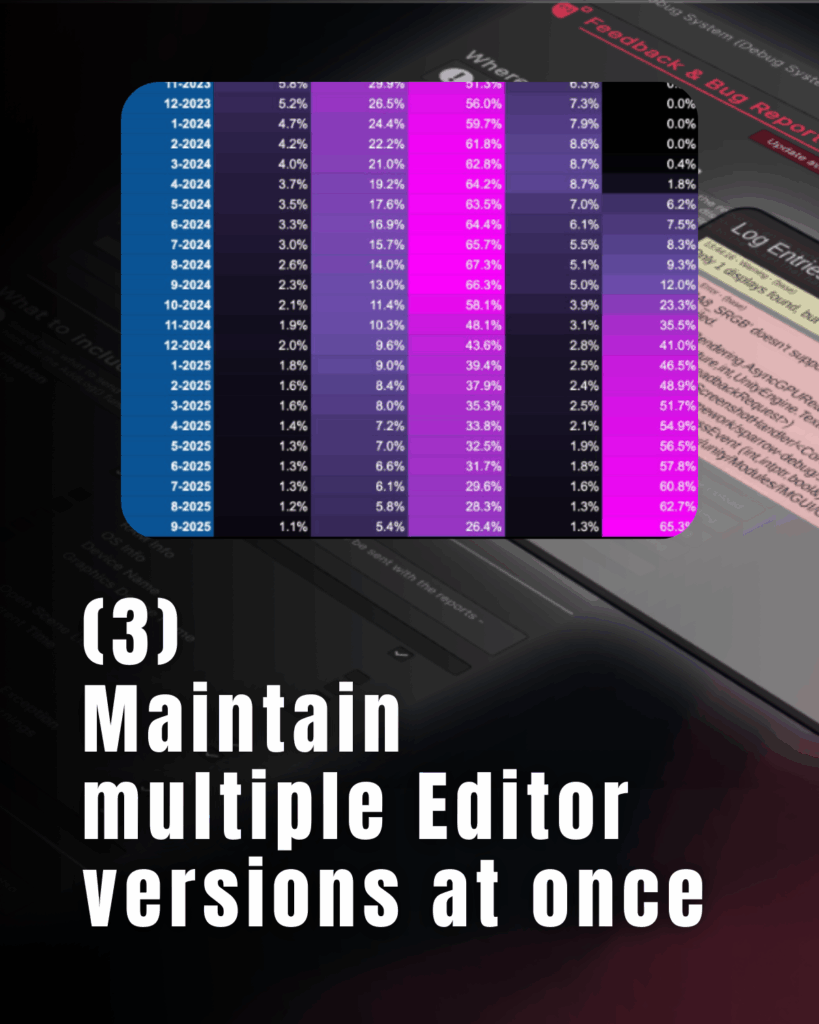
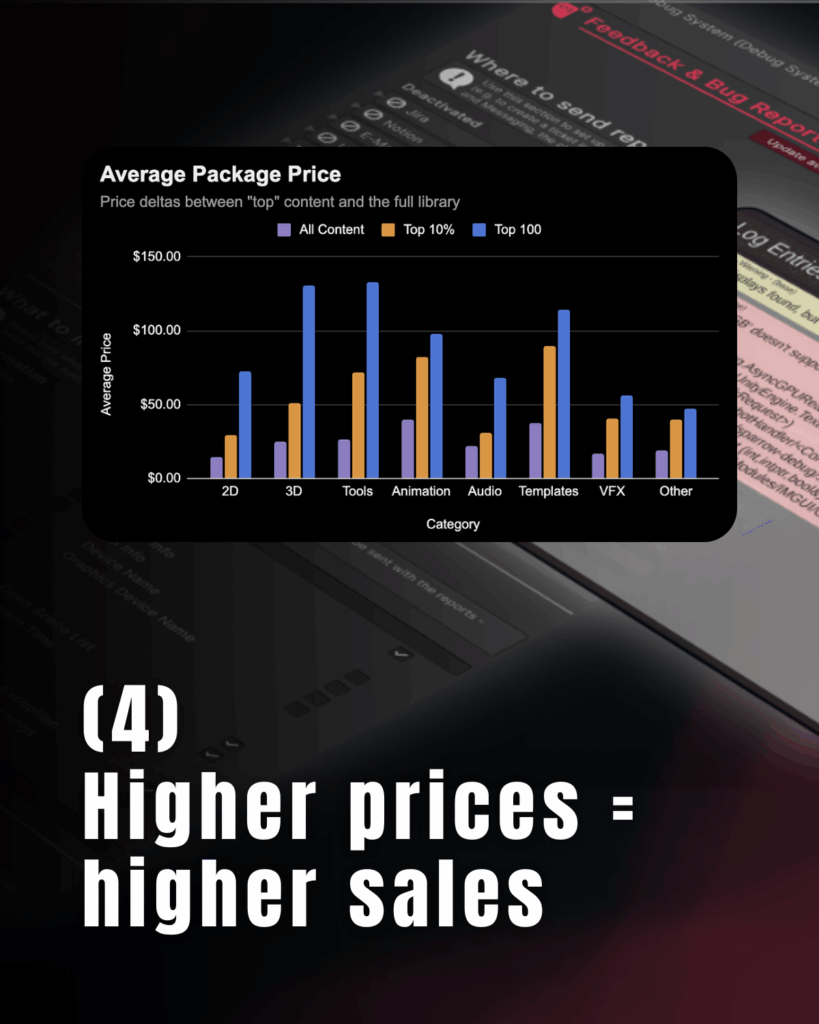
4️⃣ Higher prices actually help
For our target audience—established studios—pricing communicates quality. No one wants to integrate a $2.50 asset into a production project.
A higher price signals professionalism and reliability.
It’s also a requirement if you want to be included in Unity’s official sales, which usually only accept assets priced at $20 or more.
5️⃣ Submissions take forever
When you submit an app to Google or Apple, it’s usually live within 2–3 days. With Unity, we’ve repeatedly seen review times of 2–3 months.
Right now, we’re still waiting on packages we submitted 2 months ago.
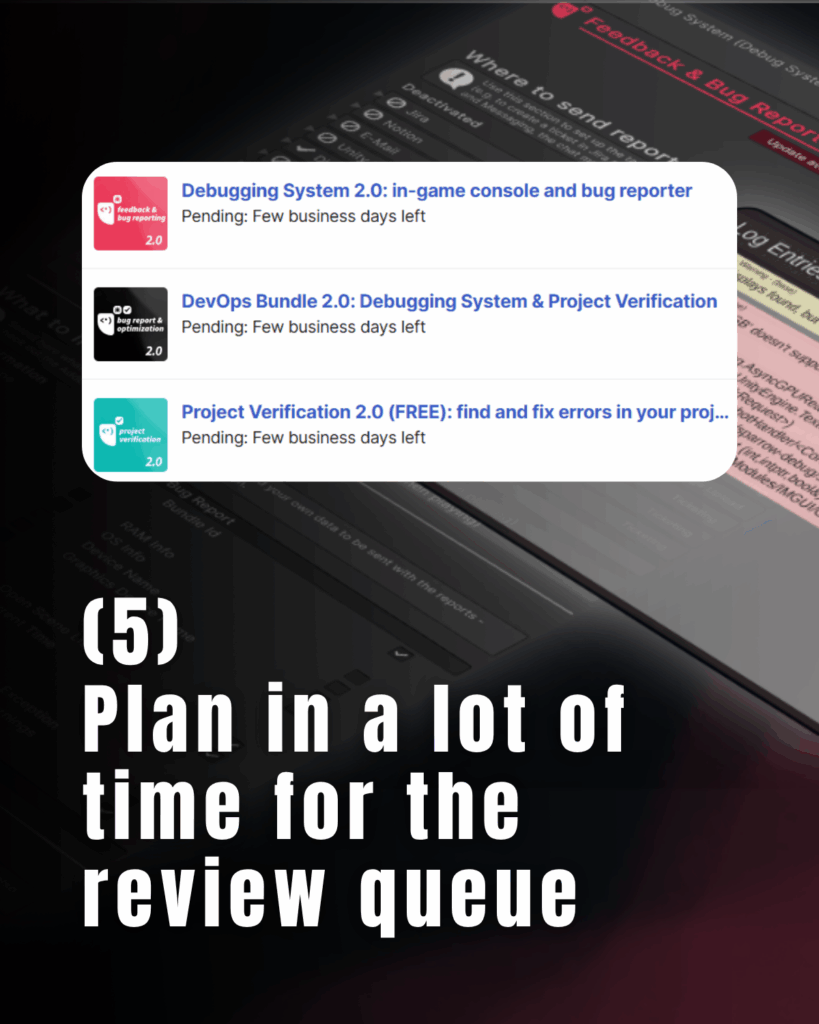
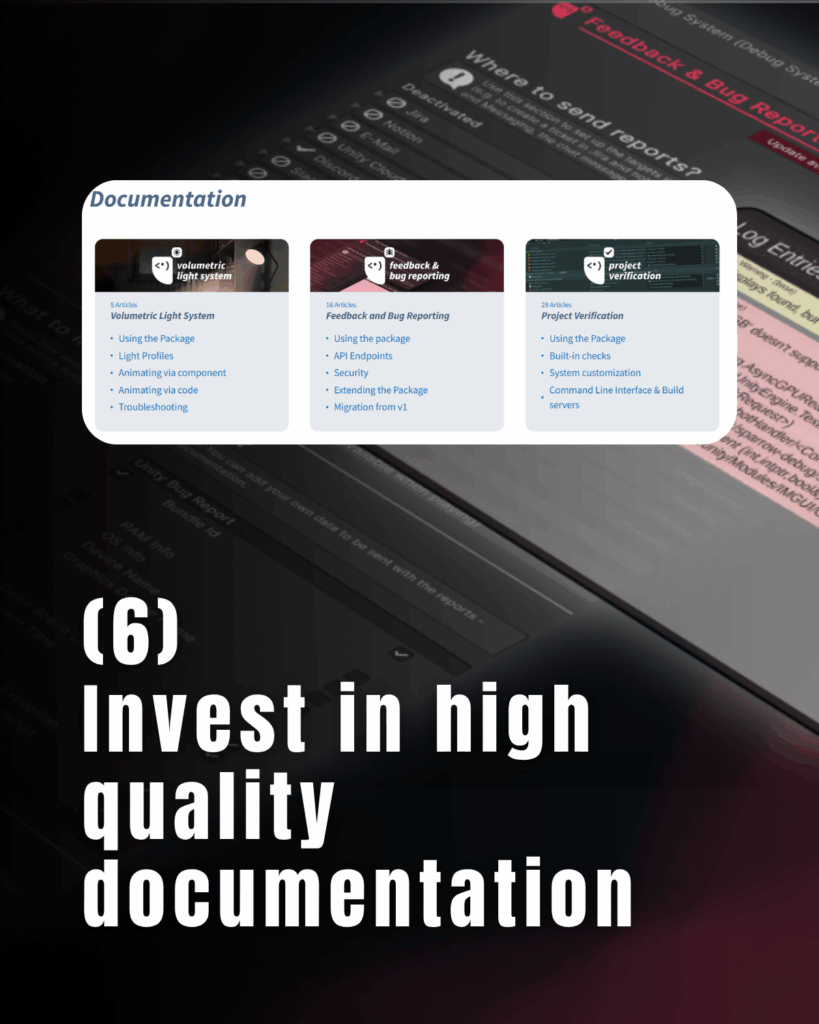
6️⃣ Support is part of the job
When users hit a wall, they’ll reach out—by email, Discord, or forum. We’re always happy to help, but our capacity is limited.
That’s why good documentation and tutorial videos are essential.
Every minute you invest there saves hours of support later.
Final thoughts
If you’re planning to publish on the Unity Asset Store, go in with clear expectations.
It’s a great platform for visibility, but it comes with quirks and a lot of overhead.
If you’re curious, check out our current assets—we focus on tools that help teams maintain high project quality, like automated validation and advanced bug reporting: https://assetstore.unity.com/publishers/51270?preview=1
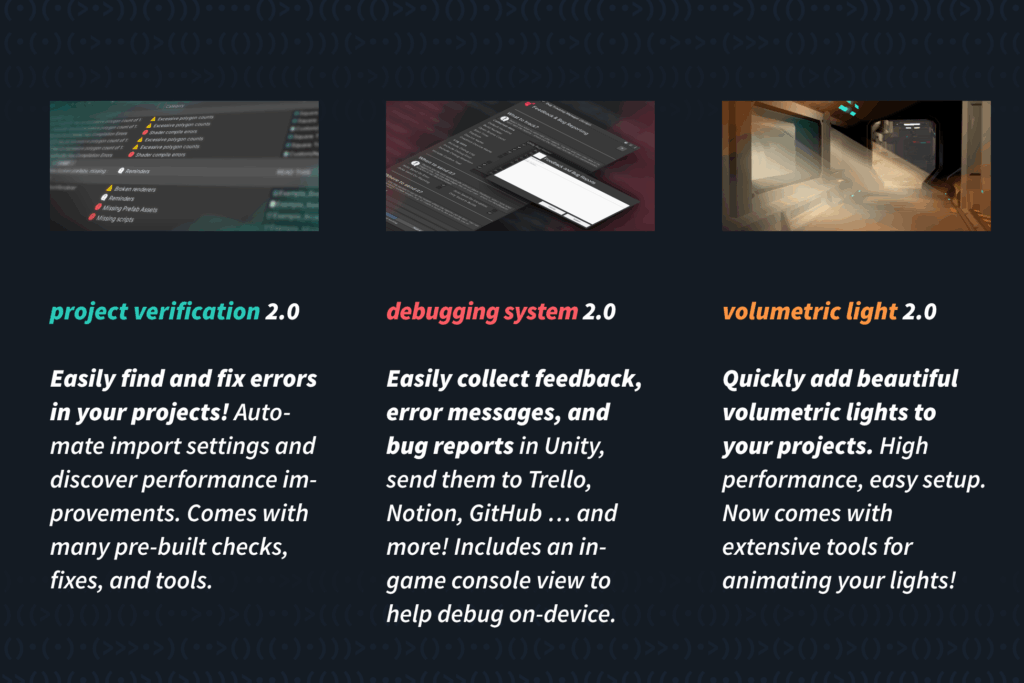
And if the Unity review queue smiles upon us, our big 2.0 update will finally go live soon. 😂😭






